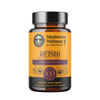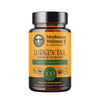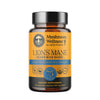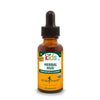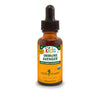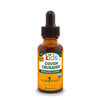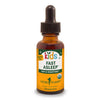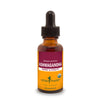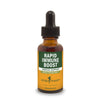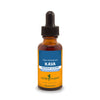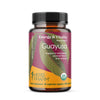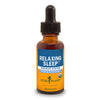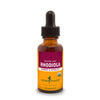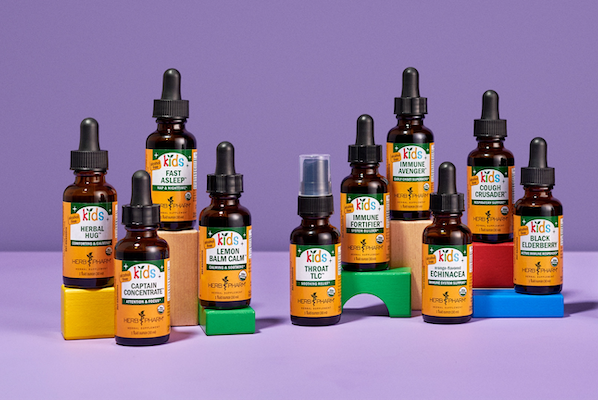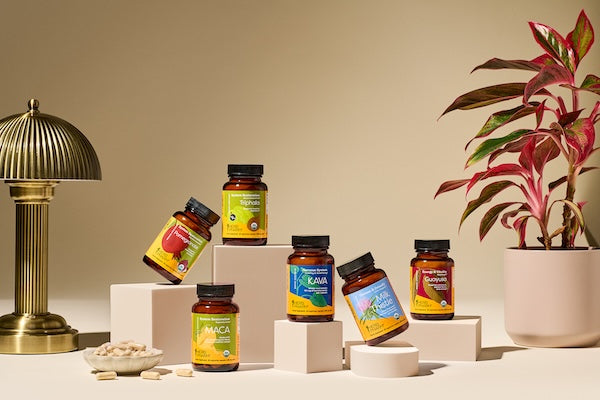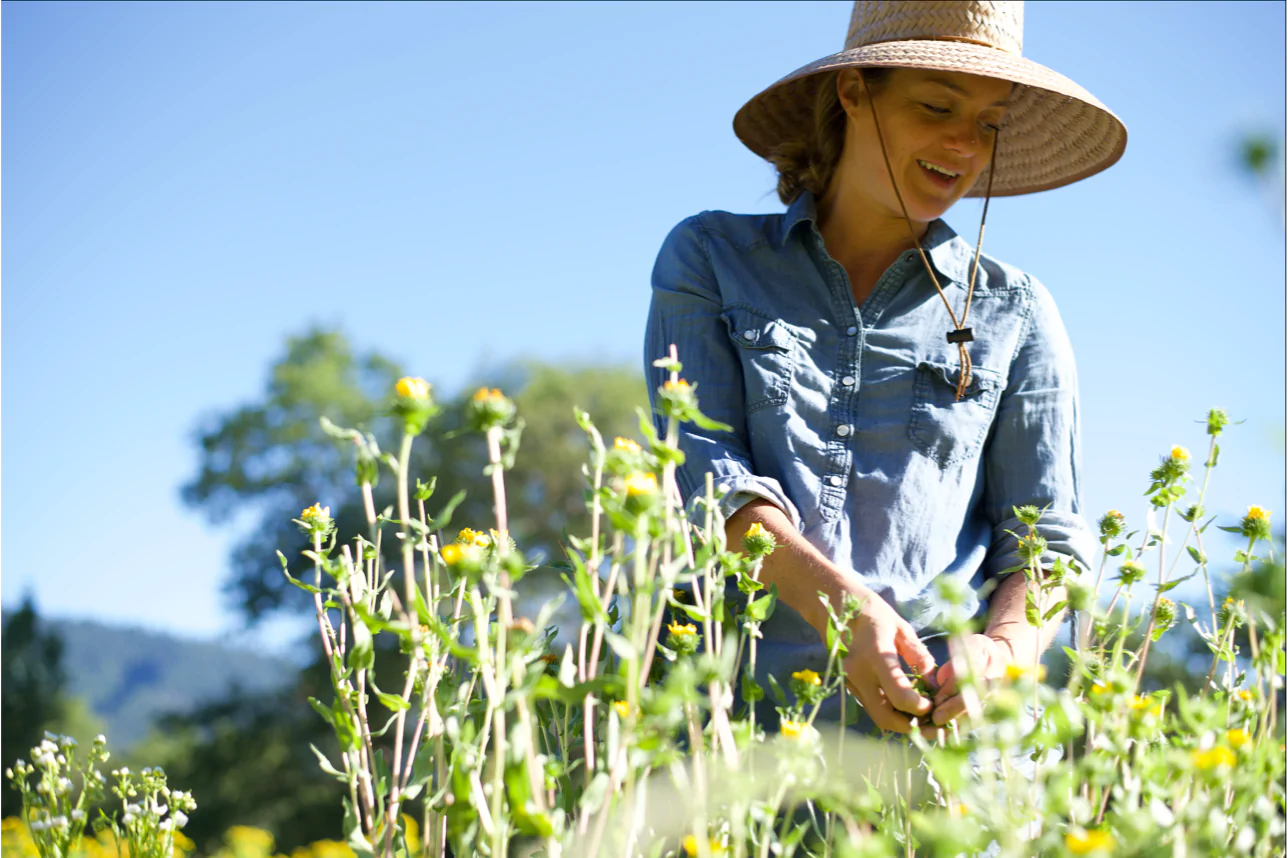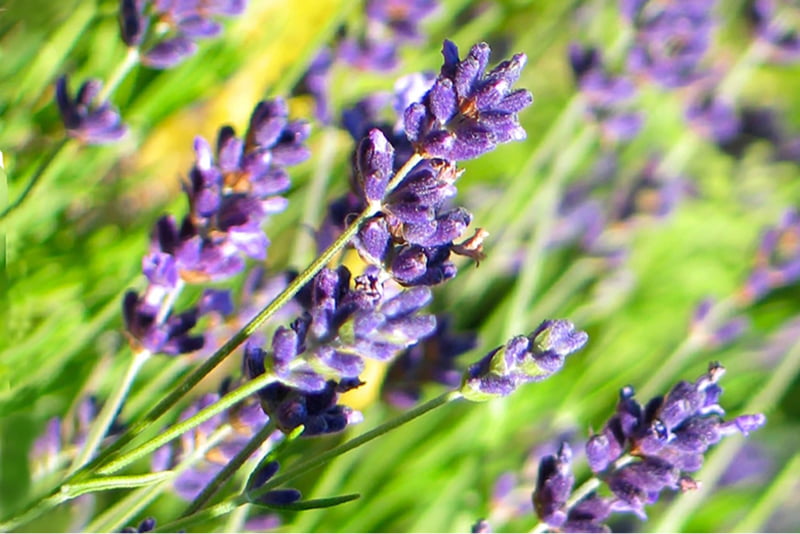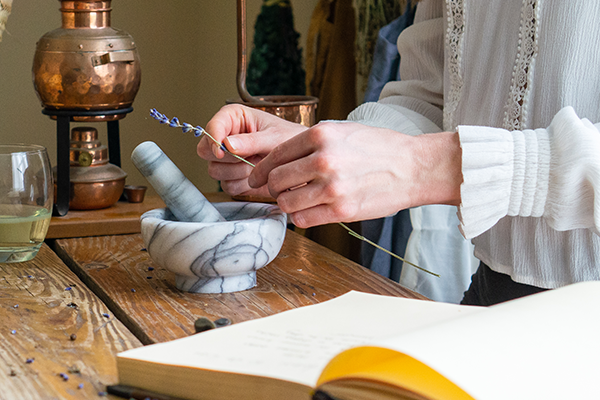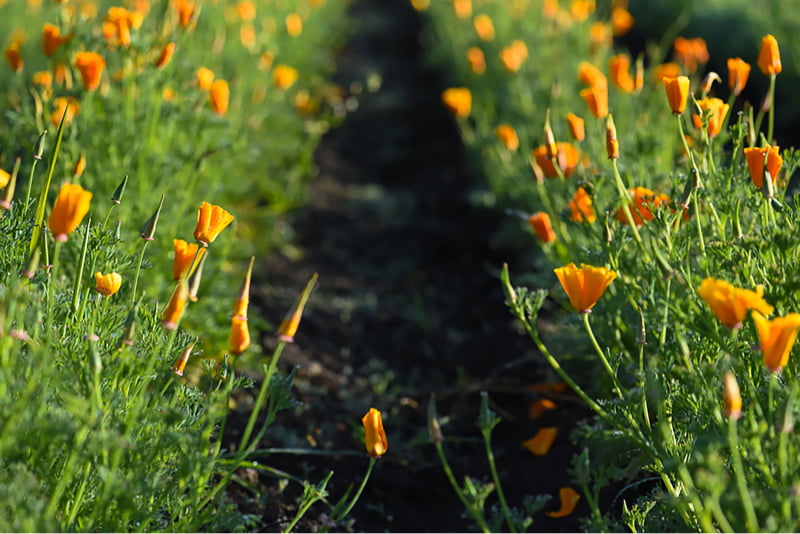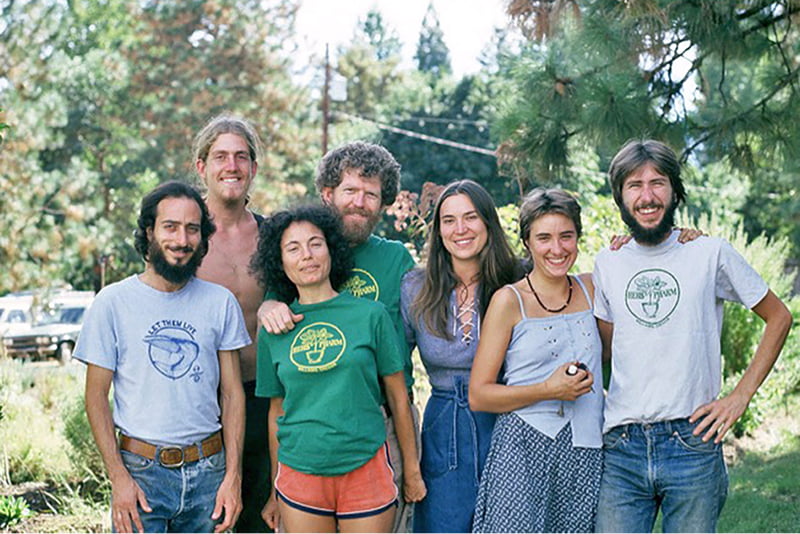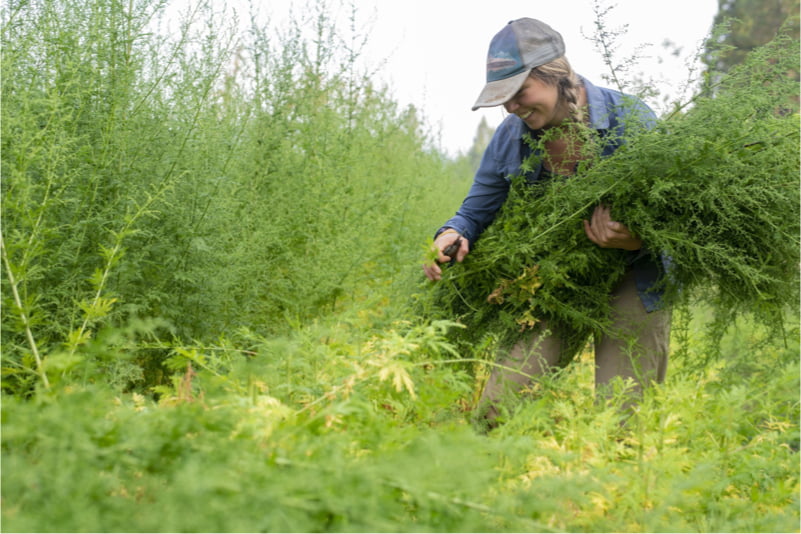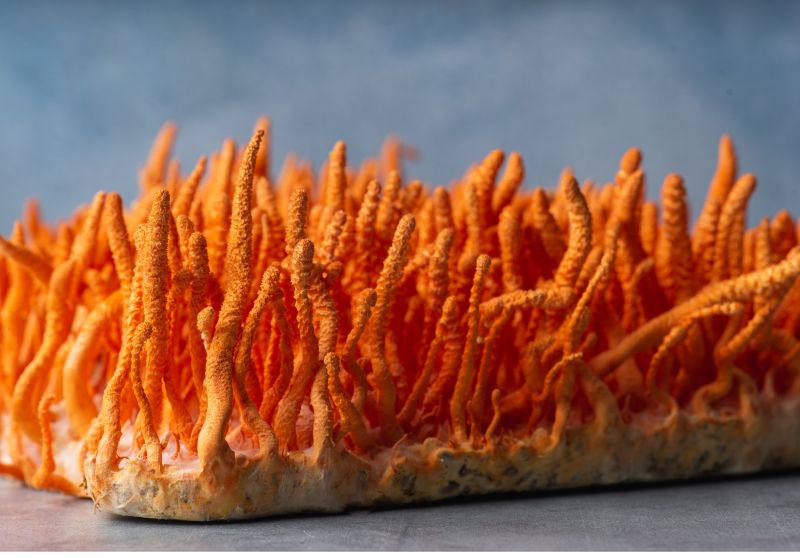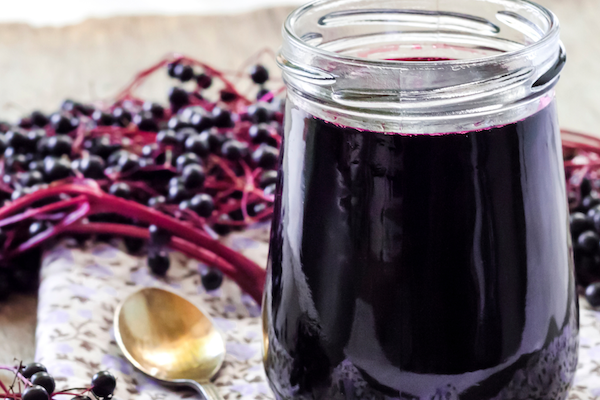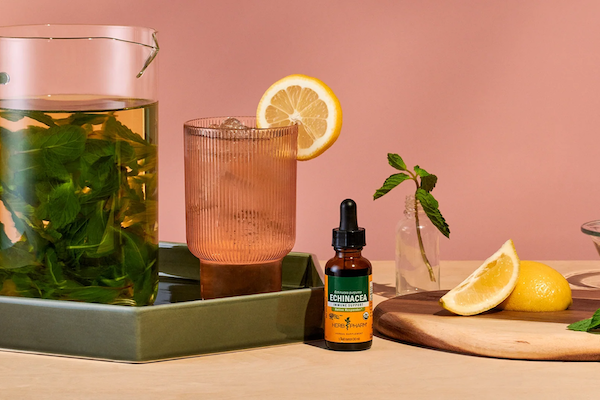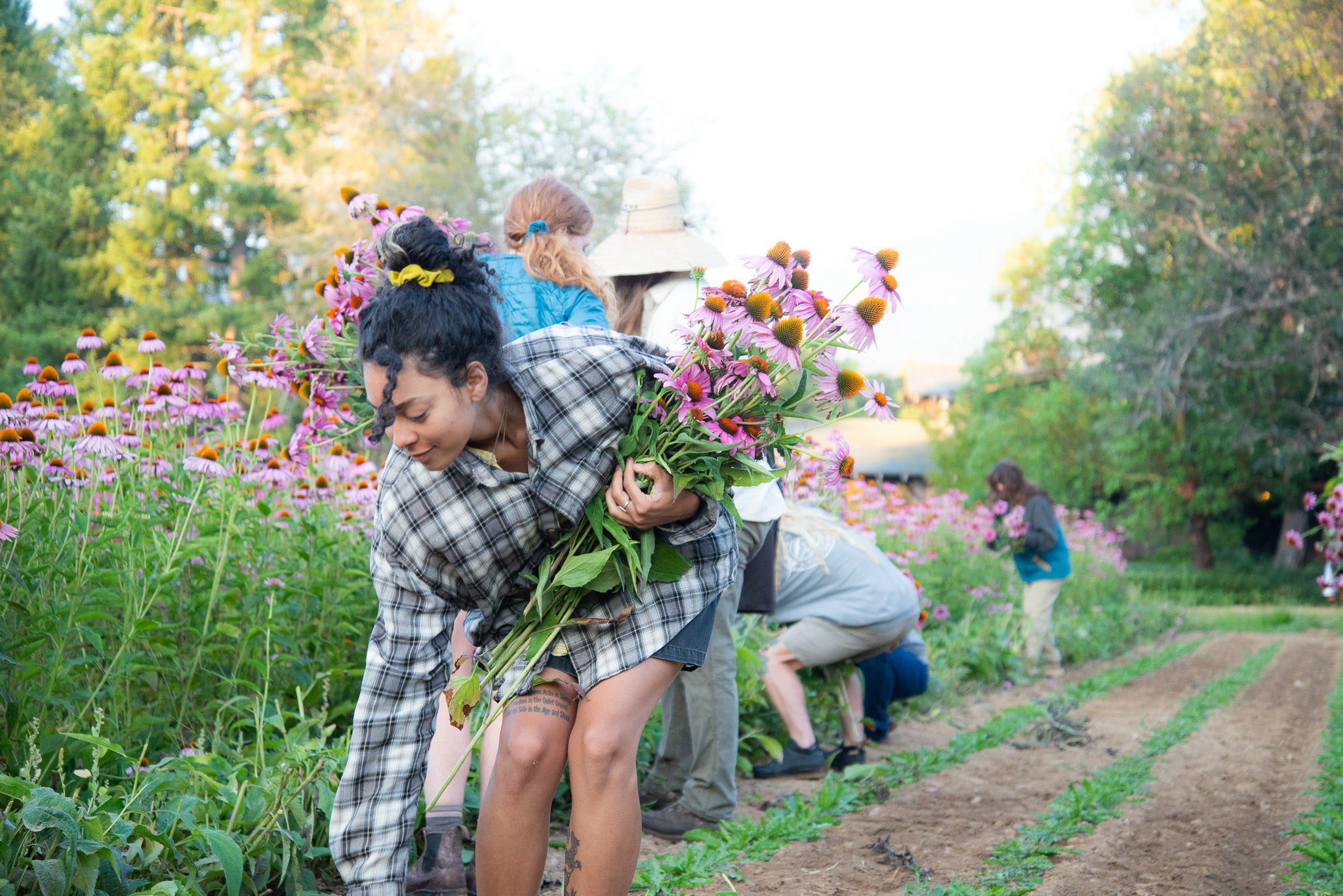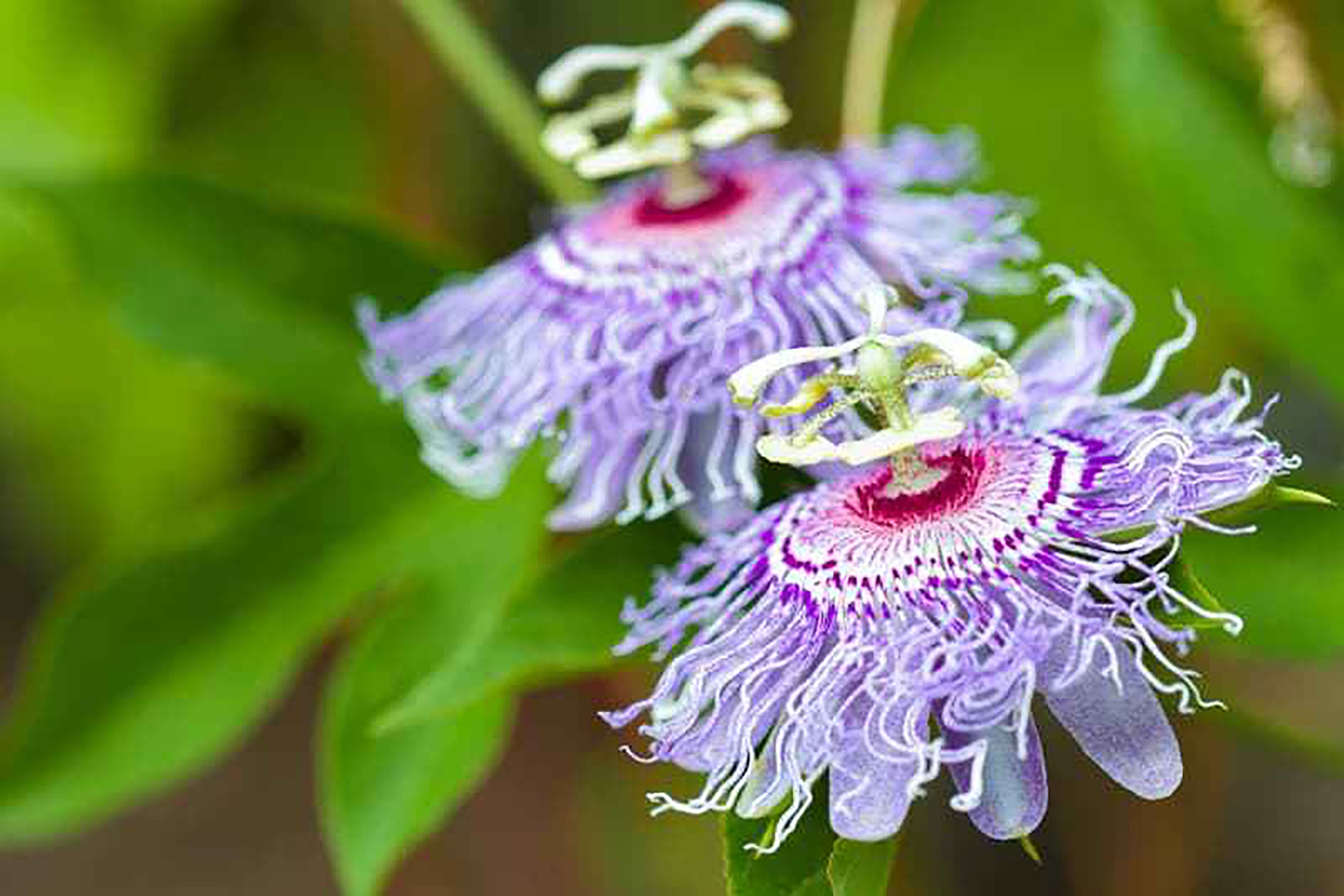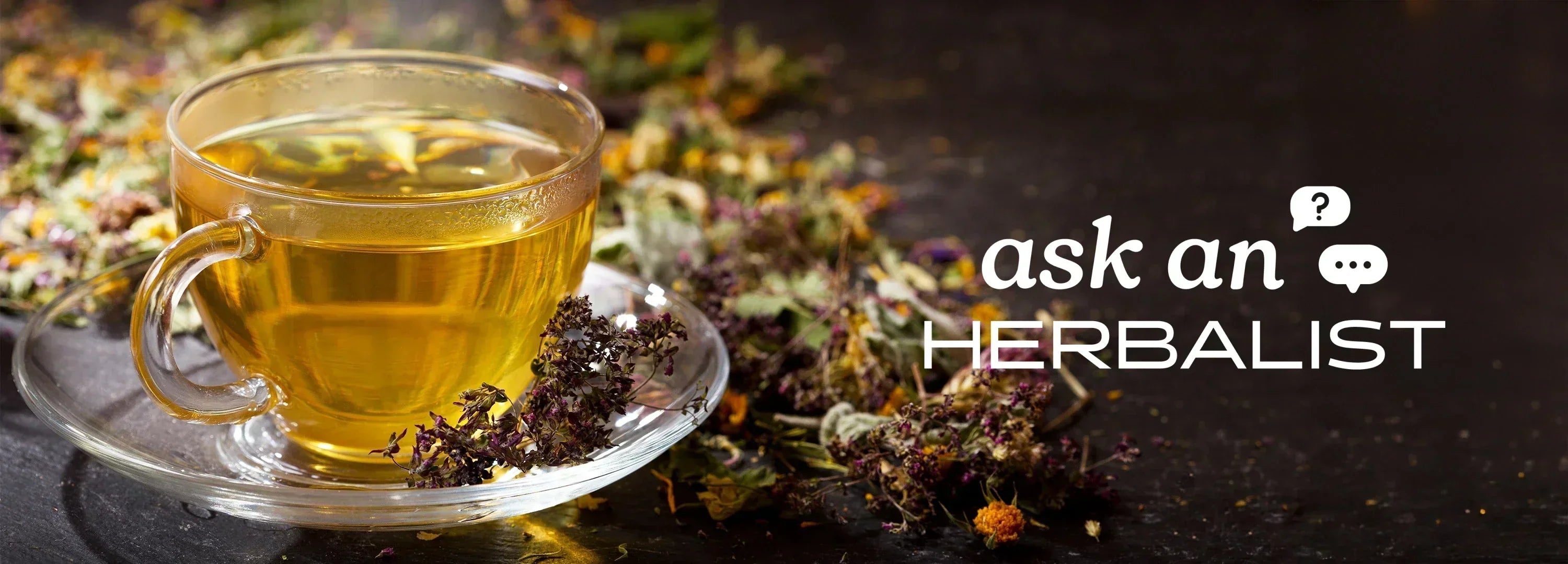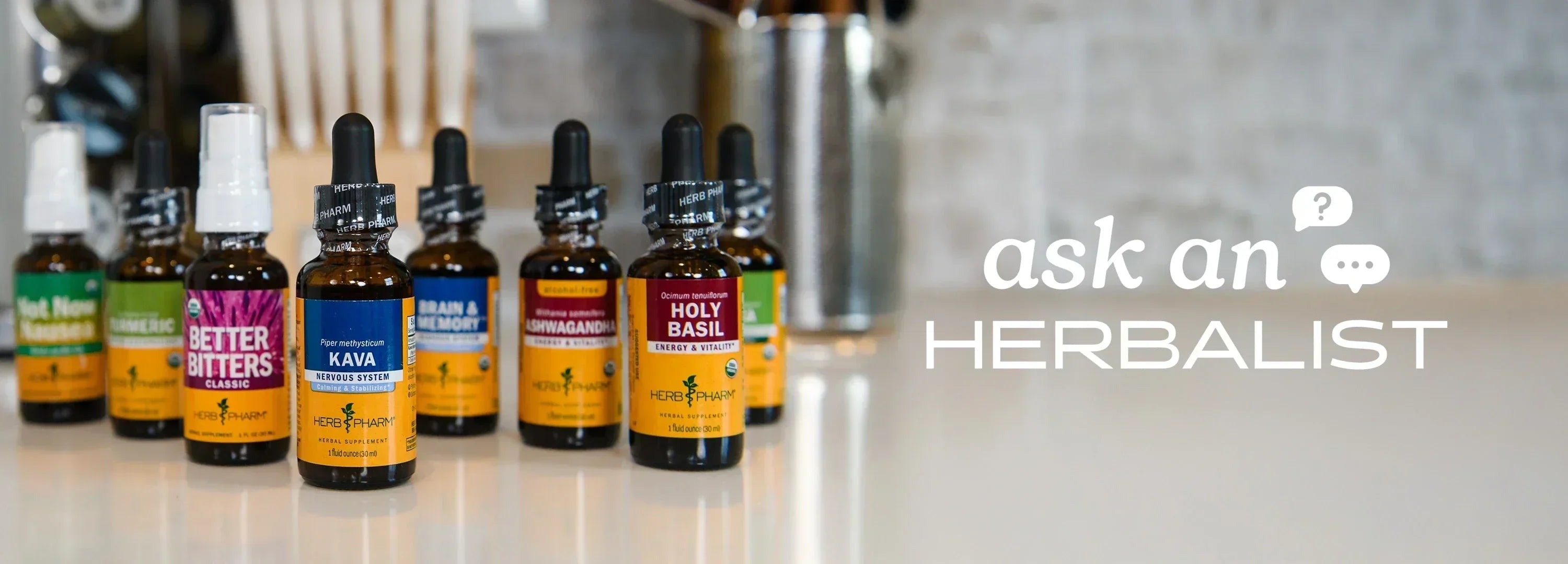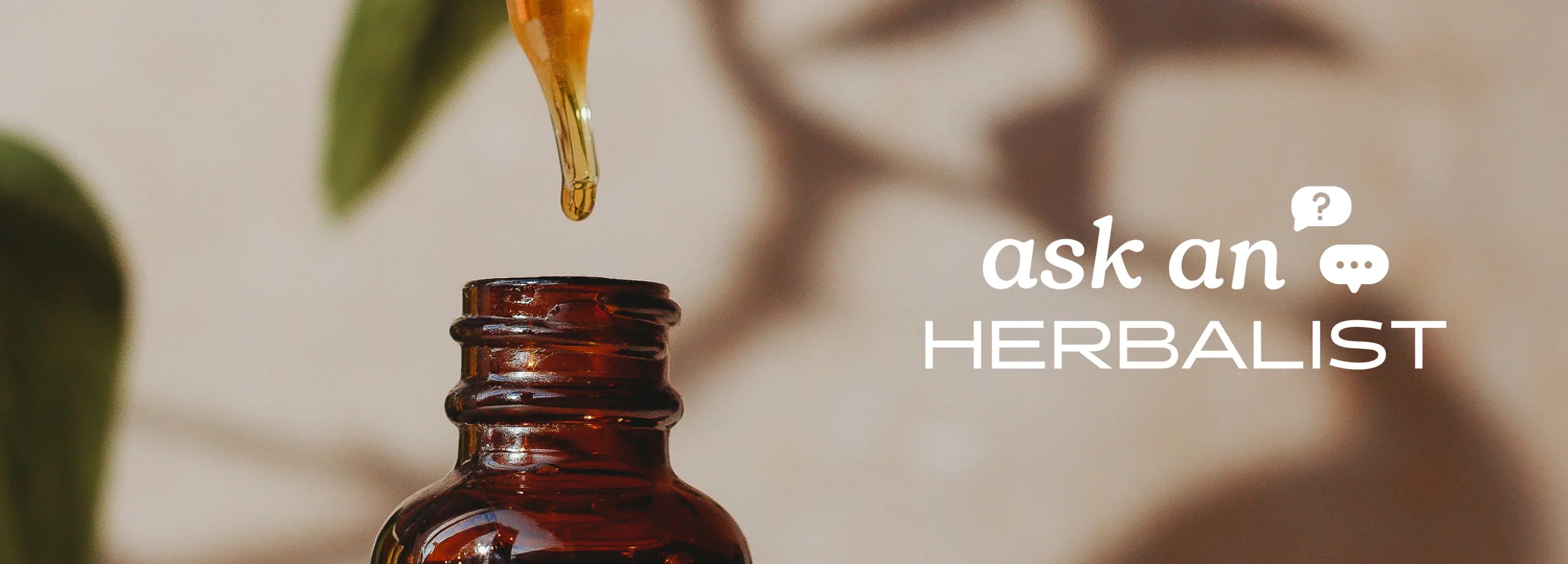We love talking about herbs and herbalism, and we especially love answering your questions about those
topics. That's why we brought in our team of herbal experts to respond to some of the most common questions
and concerns we hear.
Our herbalists have decades of combined experience working with herbs — and the people who take them. They
answer your most pressing questions, in our regular column “Ask an
Herbalist.”
What makes a plant an herb?
Herbs are simply plants (and sometimes non-plants) that are known to contain phytochemicals, which are
specific constituents that possess various properties to support the structures and functions of the body.
These phytochemicals are found in specific plant parts, such as the roots of Ashwagandha (Withania
somnifera) and the flowers of Lavender (Lavandula angustifolia), or in the whole plant, as is the
case with California Poppy (Eschscholzia californica).
Most of us are familiar with culinary herbs like Thyme (Thymus vulgaris), Cilantro (Coriandrum
sativum) and Rosemary (Rosmarinus officinalis), which add flavor and aromas to meals, but the
world of herbs is actually much larger. It even includes some non-plant materials like lichens (e.g.,
Usnea spp.), algae (e.g., Bladderwrack or Fucus spp.) and fungi (e.g., Reishi or Ganoderma
lingzhi mushrooms).
Herbs can be found just about everywhere. That includes your backyard — where you might consider herbs like
Dandelion (Taraxacum officinale) or Plantain (Plantago major) to be “weeds” — and the cracks
in a sidewalk, where you might find Chickweed (Stellaria media).
Beyond the culinary herbs you see at the farmers market or grow on your patio, there are hundreds of others
to learn about, from Albizia (Albizia julibrissin) to Yarrow (Achillea millefolium). Check
out our ever-growing Herb Library to deepen your
knowledge.
